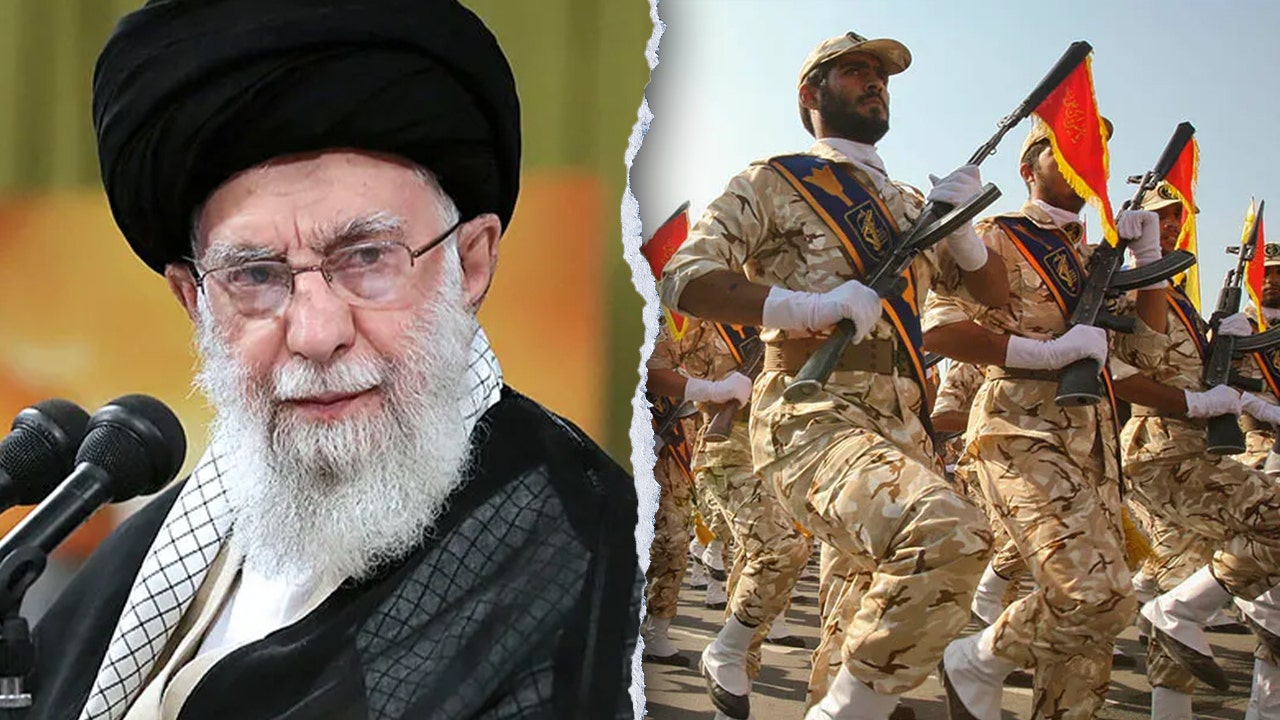Military experts: Iran’s strike power diminished after devastating attacks

In a stunning turn of events, Iran has agreed to a ceasefire following a limited strike on a U.S. military base in Qatar. This ceasefire, brokered by President Donald Trump, represents a significant de-escalation after 12 days of intense conflict between the two nations.
Experts believe that Iran’s decision to step back is a result of the severe damage its military infrastructure has sustained due to coordinated U.S. and Israeli strikes on nuclear sites, missile stockpiles, and key production facilities. According to military historian Danny Orbach, Iran has lost approximately 60% of its launchers, severely limiting its ability to deploy its remaining long-range missiles effectively.
The recent strike on the Al Udeid Air Base in Qatar, the largest U.S. base in the Middle East, resulted in no casualties and minor damage. This calculated strike, which was coordinated with American officials, was not intended to cause significant harm but rather to send a message to Iran. Despite still possessing weapons, Iran is wary of engaging in an all-out war with the U.S. and understands the consequences of closing the crucial Strait of Hormuz.
While Iran’s long-range missile capabilities have been significantly diminished, its short-range arsenal remains a threat to U.S. bases in the region. Blaise Misztal, a policy expert, highlights that Iran’s remaining weapons, such as rockets, missiles, and drones, can still pose a danger to American forces and vital infrastructure across the Gulf.
Retired General Frank McKenzie had previously warned of the vulnerability of U.S. bases in the Gulf to Iranian missile and drone attacks due to their proximity to Iranian launch sites. As the U.S. repositions its assets in anticipation of further Iranian retaliation, defense measures have been strengthened across Iraq and Syria.
The heavy toll of the conflict has left Iran facing difficult choices regarding the rebuilding of its military capabilities. With limited resources, Iran must prioritize between restoring its missile program, supporting proxies, or reviving its nuclear infrastructure. Despite the ceasefire agreement, experts caution that Iran remains a significant threat as the world’s leading state sponsor of terror.
While the ceasefire offers a glimmer of hope for a peaceful resolution, many doubt that Iran will fundamentally change its aggressive behavior. The regime’s deep-rooted hostility towards the U.S. and Israel is seen as central to its identity, making it challenging for Iran to abandon its aggressive stance without losing legitimacy.
As the situation continues to unfold, the world watches closely to see if Iran will uphold the ceasefire and whether this conflict will ultimately lead to a lasting peace in the region. Efrat Lachter, an investigative reporter and war correspondent, provides valuable insights into the complexities of the Iran-U.S. conflict and the potential implications for the future.




